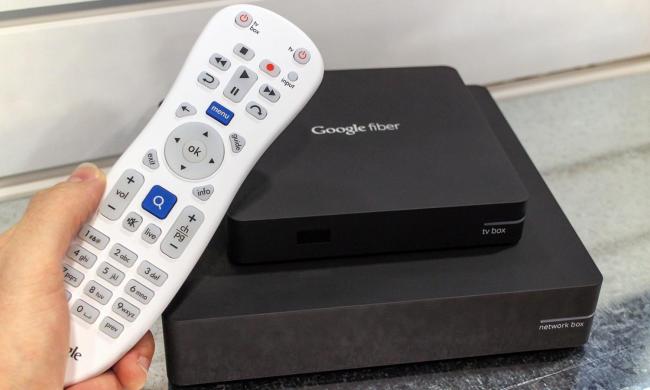For all intents and purposes, Google Glass has joined the ranks of the LaserDisc or Nintendo Power Glove among the once-promising gadgets which failed to catch on with consumers. After we had written them off as old news, however, Google’s ill-fated smart glasses may have finally found their ideal use case: Helping kids with autism in social situations.
“Google Glass is a lightweight, unobtrusive, augmented reality wearable device that is ideal for use with individuals who have often have sensory sensitivities,” Dennis Wall, an associate professor of Pediatrics, Psychiatry and Biomedical Data Sciences at Stanford Medical School, told Digital Trends. “It is adjustable, and can fit on children as young as three years of age. Many other smart glasses available today are heavy or bulky, and therefore are not practical for use with children.”
Somewhat ironically, much of the negative press around Google Glass revolved around people’s fear that the camera could be used for nefarious purposes, such as facial recognition. That’s exactly the functionality that is used by the Stanford researchers — only instead of attempting to identify people, the focus is on notifying wearers of the expression displayed by the people they are interacting with. This is something that those on the autistic spectrum can have particular difficulty with.
Called Superpower Glass, the new software is not intended to be used in all social situations, but rather as a training tool at home. To that end, an accompanying phone app lets users match up emojis to acted-out emotions on the part of a parent or caregiver. It can also help promote eye contact.
“We have completed two preliminary studies with over 60 children,” Wall continued. “So far, we have demonstrated that Superpower Glass is comfortable and appropriate for use with children as young as three years of age and across the entire autism spectrum. In a longitudinal trial where 14 families used the device for several weeks at home, all children experienced a decrease in autism severity, and most parents reported an increase in eye contact after the study. Although this study did not include a control group for comparison, we have also completed a randomized controlled trial on over 70 additional children to further test the therapeutic impact of the system.”
A paper describing the work was recently published in the journal NPJ Digital Medicine.


